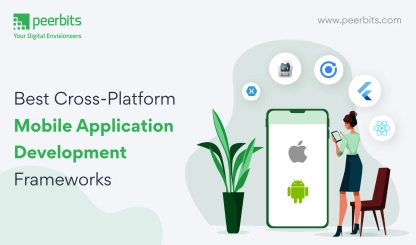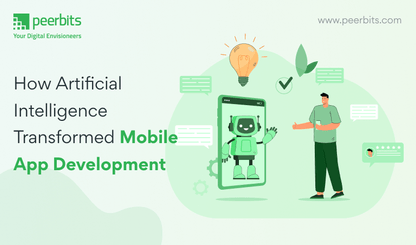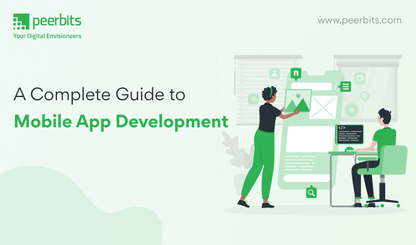Whether be an individual entrepreneur or a business client, a common question that you hear among them is what it really takes to build a mobile application and where to put their money. In reality, there is no generalized method to follow.
However, because of Peerbits years of experience working with different clients, we have derived the overall costs and expertise involved in most complex projects.
Our main purpose here is not to show how we work in creating the most complex app, but to show the right approach when starting with your own project.
How do we get things done?
A systematic well-defined process is a key to successful mobile application development at Peerbits. It is not just about creating a unique, innovative, highly useful application; it is also about saving a lot of time and money for the clients. The key activities in our mobile app development process:
Conceptualization
Here understanding of the problem takes place. We dedicate ourselves to provide a top quality solution by enhancing the business model of the client.
Wireframing
Wireframes created based on the defined concept. Designing options created in parallel with the wireframing.
Designing
It involves a slow and steady creative process. At this stage, we start creating prototypes that goes hand to hand with designing.
Prototyping
Prototypes of the forecasted final product created. Our team members as well as the clients test them on real devices.
Development
Actual coding of the application takes place for a full-sized development to create the final product. At this point, we ensure to implement cloud API within the developed application.
Quality Assurance (QA)
Testing and ensuring quality is our final step. Before we actually deploy the product, we check the application on all quality parameters to maintain the standard practices.
Which people do we involve?
Hard work and commitment are what are needed to develop even the most complex apps. What’s more difficult to achieve is getting the right mix of talented people in a team.
The time duration, cost factor, and the complexities involved decide how many people to allocate to the project.
However, if we sum up, we arrive at the key people that we involve in every project of Peerbits, whether big or small:
- Client
- Business Analyst
- Designers
- Solution Architect
- Developers
- Quality Assurance
Summing up
Cost and time constraints matter everything to the clients. Let us conclude some very critically important points that Peerbits suggest while taking up a mobile apps development project:
Dedication and commitment are two very important aspects for any project. However in order to grow big, small investment would just not be enough. It is better to spend a lot once, then to spend a small amount every time whenever you experiment.
One-step at a time always helps. Things will get cheaper when you proceed ahead systematically. Slow and steady surely wins the race.
Escalate your scalability, speed, and efforts to the maximum possible limits. It might take a lot of time to build but the final product will ultimately be 10 times better then what you would expect by investing minimum resources.
Expectations have to be realistic. You cannot compare your products in the lines of Google or other giants. It takes more than thousands of people to build one product of Google.
Responsive design is always good. However, you should check on the feasibilities of the project from all perspectives. It is not mandatory to have a mobile app for your website or have a mobile website altogether.
Spend on responsive website design or a mobile application only if you find it worthwhile enough.



